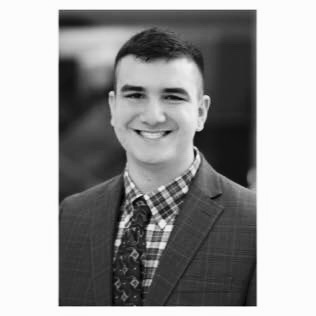Normalize, support LGBTQIA+ athletes

April 27, 2018
Today is the National Day of Silence, and students at ETHS and across the nation are bringing awareness to the silencing effects of homophobic and transphobic behavior and language. One area currently in need of productive dialogue surrounding this topic is athletics.
Despite broader societal shifts toward inclusiveness, athletics is a realm where the participation of LGBTQIA+ athletes is still stigmatized. It is my goal to celebrate the accomplishments of LGBTQIA+ athletes and to consider what greater changes we still need to fight for.
The 2018 Winter Olympics in Pyeongchang was a landmark event for LGBTQIA+ athletes. According to Outsports, a division of SB Nation, a record 15 publicly out Olympians participated in the games, the most ever at a Winter Olympics, including openly gay men for the first time. One athlete, figure skater Adam Rippon, was very outspoken about his sexual orientation. “I came here being authentically myself and sharing my story and being gay is part of that, but I came here as an American athlete, and I came here to help my team get a medal in that team event and that was what I focused on,” said Rippon in an interview with Today.
Still, there has yet to be a publicly trans Olympian, a controversial and common issue with sports at all levels.
According to Athletic Director Chris Livatino, while ETHS has no policy prohibiting trans students from competing on teams corresponding to their gender identity, the IHSA requires special paperwork for trans students to compete with teams matching their gender identity. Although Livatino said the IHSA almost always grants trans students permission to compete, adding this extra step for trans students can be a barrier in participation.
Another barrier for all LGBTQIA+ athletes at every level is the issue of bullying. As a former athlete, I know that casual homophobia and hypermasculinity are often inherent to boys sports.
That is not to say that every LGBTQIA+ athlete experiences bullying, but if even cis-het male athletes are not safe from anti-LGBTQIA+ slurs or harassment, expecting representative participation from LGBTQIA+ students is foolish.
One of the biggest steps we can take towards eliminating the anti-LGBTQIA+ sentiment in athletics is celebrating the accomplishments and fighting discrimination against LGBTQIA+ athletes. The WNBA started the first Pride-campaign from a professional sports league in 2014. Before that, Sheryl Swoopes, a hall-of-famer, was one of the first players in the WNBA to publicly come out. Current Atlanta Dream star Layisha Clarendon, who identifies as non-cis, is one of the most outspoken activists for greater LGBTQIA+ inclusion.
The WNBA is not the only league that has tried to increase its inclusiveness in recent years. The NBA has adopted pride nights and is the only mens league to sell league-sanctioned pride merchandise for every team. Jason Collins, a former NBA player, was the first openly gay active professional male athlete. In 2011, the NFL added sexual-orientation protections to the collective bargaining agreement negotiated between the player union and the owners; however that was undermined when Michael Sam, the first openly gay player to be drafted in the NFL, was cut as a rookie and is now out of the league despite a strong preseason and college career.
It is telling that so few athletes come out after their playing careers, especially given the seeming black-balling of Michael Sam following his coming out. It is important that fans support athletes who come out, whether they are still playing or not. Fans and supporters must work to place pressure on sports teams at every level to increase inclusiveness so that everyone feels welcome in participating in sports and so that the anti-LGBTQIA+ sentiment in sports is eliminated.








